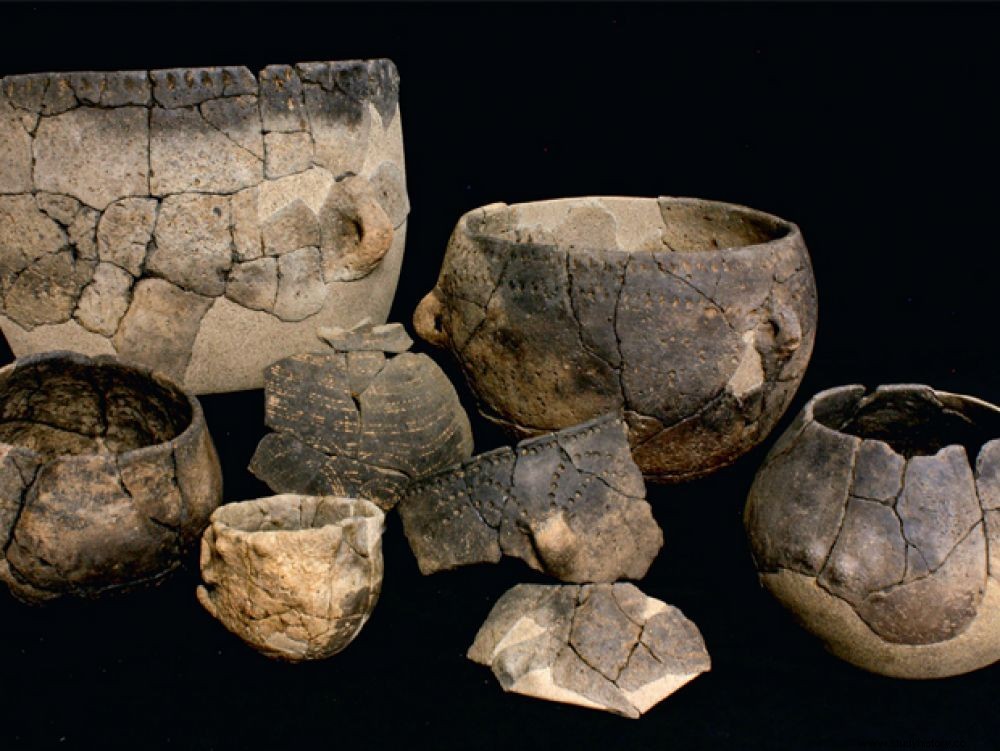A large study has shown highly differentiated diets among farming and herding populations in Western Europe 7,500 years ago.

The molecular analysis of food residues found in pottery (here, those of Verson, in France) made it possible to determine what type of food was consumed in the north and in the south.
This article is from the magazine Sciences et Avenir n°880, dated June 2020 "Covid-19:what we know and what we have yet to discover ".
Meat in the south, milk in the north! This is the astonishing dividing line drawn by a five-year study which focused on the evolution of food consumption patterns among populations of farmers and breeders who arrived in Western Europe a few years ago. 7,500 years old. The study was based on the molecular analysis of food residues preserved in more than 246 pottery collected from 24 excavation sites spread over the entire European seaboard from the Iberian Peninsula to the Western Baltic, as reported by the journal Current Anthropology.
It was carried out by a team led by Miriam Cubas Morena, a prehistorian from the universities of York (United Kingdom) and Oviedo (Spain) who examined the traces of lipids (fats) consumed by these first agropastoral populations. Dairy product residues (cheeses, cottage cheeses, etc.) have been found to be particularly frequent in pottery from the British Isles, France or even the Western Baltic. They are rarer in what is now Spain and Portugal, suggesting that goats (sheep and goats) were raised there in preference for their meat. Milk consumption was much lower there than at higher latitudes, in Ireland, Great Britain or Normandy. An unexpected observation.
Differences in diet that could explain those of lactose tolerance
"Neolithic farmers who colonized the harsher northern regions may have found in cow's milk, rich in vitamin D and fat, the nutritional benefits they needed" , explains Gregor Marchand, prehistorian, CNRS research director and teacher at Rennes-I University, co-signer of the article. The authors also believe that these dietary differences could explain why adult lactose tolerance is now higher among populations in northern Europe than among those in the south.
Little evidence regarding seafood products
Even more surprisingly, Neolithic culinary residues have provided little evidence of the consumption of foods of marine origin in coastal areas where the sea nevertheless provided abundant resources. And this while fish and shellfish were eaten in quantity by the populations of hunter-gatherer-fishermen of the Mesolithic period, some 2500 years earlier. The only exception was the agricultural populations of the western Baltic where seafood products competed with dairy products. Nevertheless, the researchers remain cautious:"In the Atlantic regions, marine resources may have been transformed by other cooking processes" , and their trace was lost, explains Gregor Marchand.
